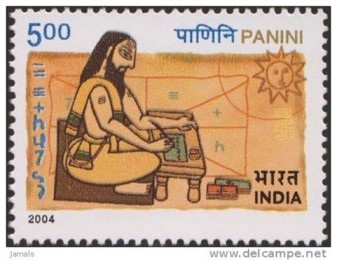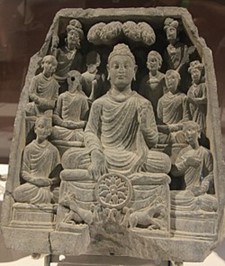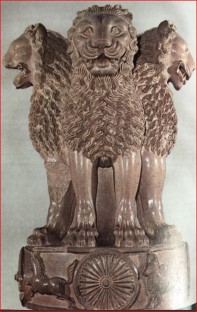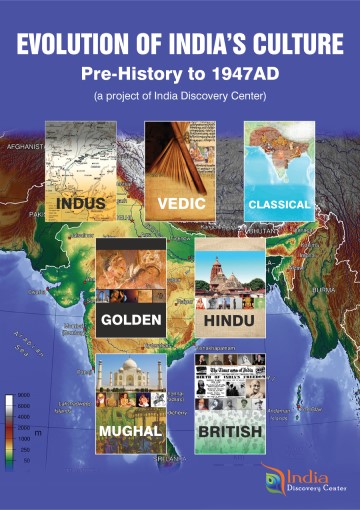Contribute
| India Classical Period (700BCE-200BCE) – Introduction |
Bijoy Misra
03/17/2021
The post-vedic Classical Period in India was path-breaking in Indian culture in its analytic depth. It began a process of comprehensive codification of empirical and scientific knowledge in all disciplines. While the compilation of ritual procedures was completed through the BrAhmaNa literature, massive texts of mathematics and geometry were compiled from the astronomical observations. Rules for the operation of the family in society, economics and social conduct were coded through the Dharmashastra. Rules of administration and jurisprudence were compiled through the Arthashastra. The first formal grammar was compiled to help formalize Sanskrit language (Figure 1.). The coded documentation of the musical features in prosody resulted in the unique chhandashastra. The drama and the performance features in music, dance and theater were coded and compiled.
The period saw the consolidation of two grassroot belief systems which operated independently of the Vedic belief system. Theory of a self-contained universe was propounded by Mahavira and gave rise to Jainism. The power of healing through acceptance was preached by the Buddha resulting in the massive popularity of Buddhism Figure 2. 
Politically, the north India was governed as a complete State divided in urban centers called janapadas. South India developed a material culture based on agriculture and trade. The country was opulent. Large residential universities attracted students all around the world. Much of the original research in mathematics, astronomy and the health sciences developed in the period. India’s prominence attracted invasions by Alexander from Greece. He was followed by followed by the Huns and the Sakas.
Iron technology developed with the invention of the production technique of rust-free iron. Stone carvings created monuments and cave palaces (Fig 3). Stone inscriptions were created giving rise to the development of formal script. High end industrial products in silk, gold and ivory dominated the export trade. 
Dr. Bijoy Misra serves as the President of India Discovery Center and compiles the project on "Evolution of Indian Culture: Pre-history to 1947AD"
(c) Copyright 2021 India Discovery Center, Inc. All rights reserved.
You may also access this article through our web-site http://www.lokvani.com/



